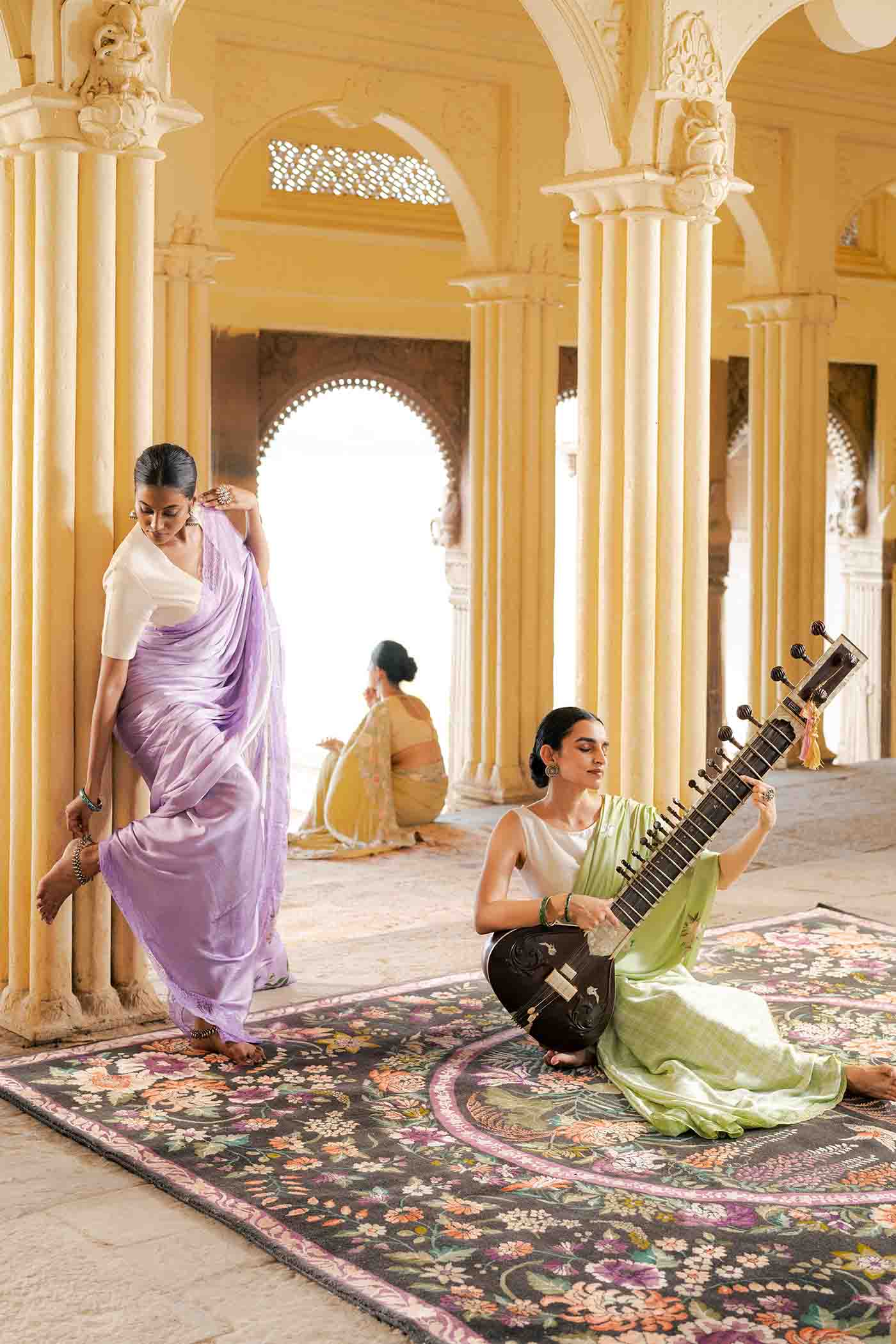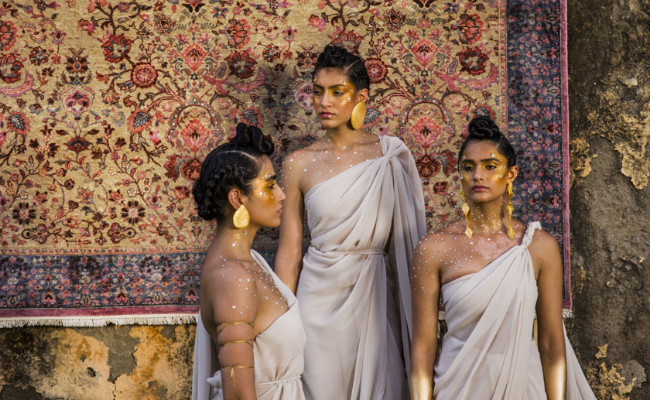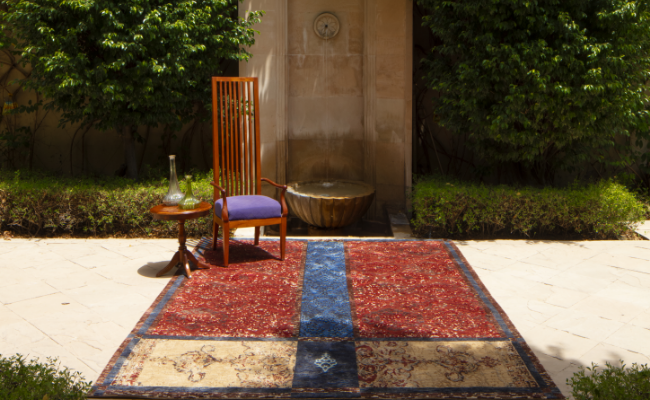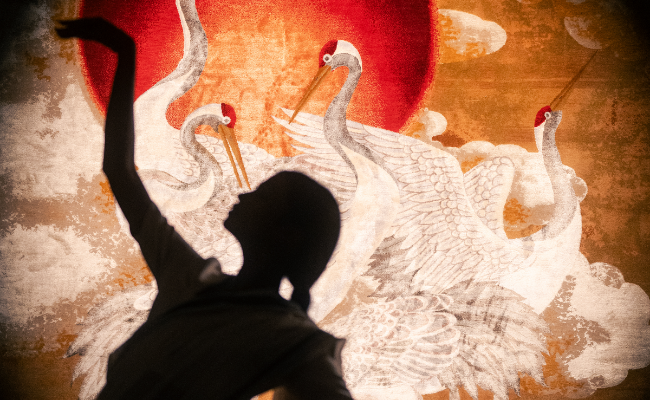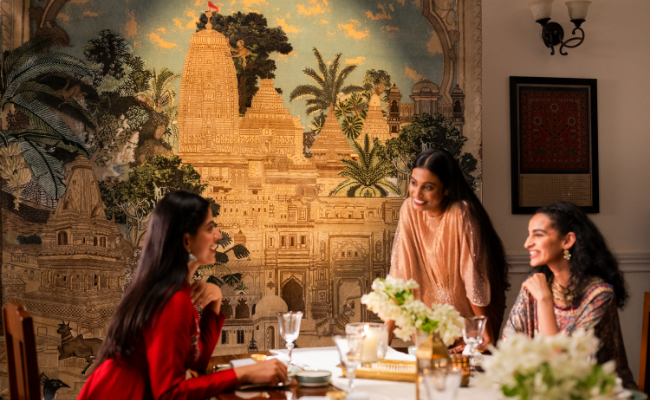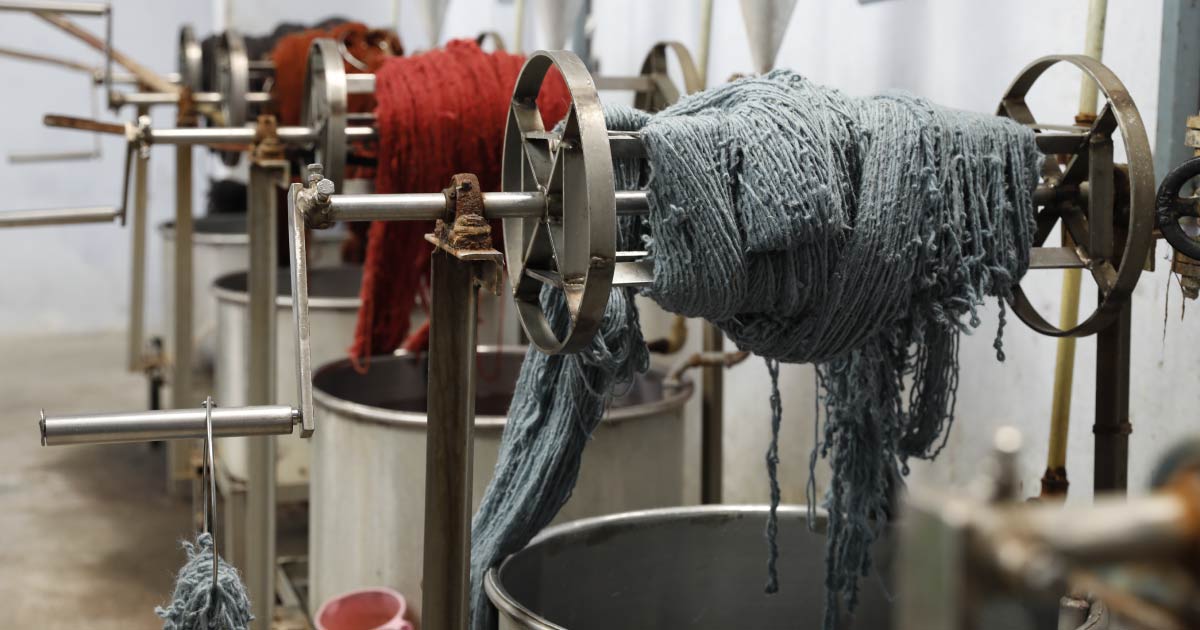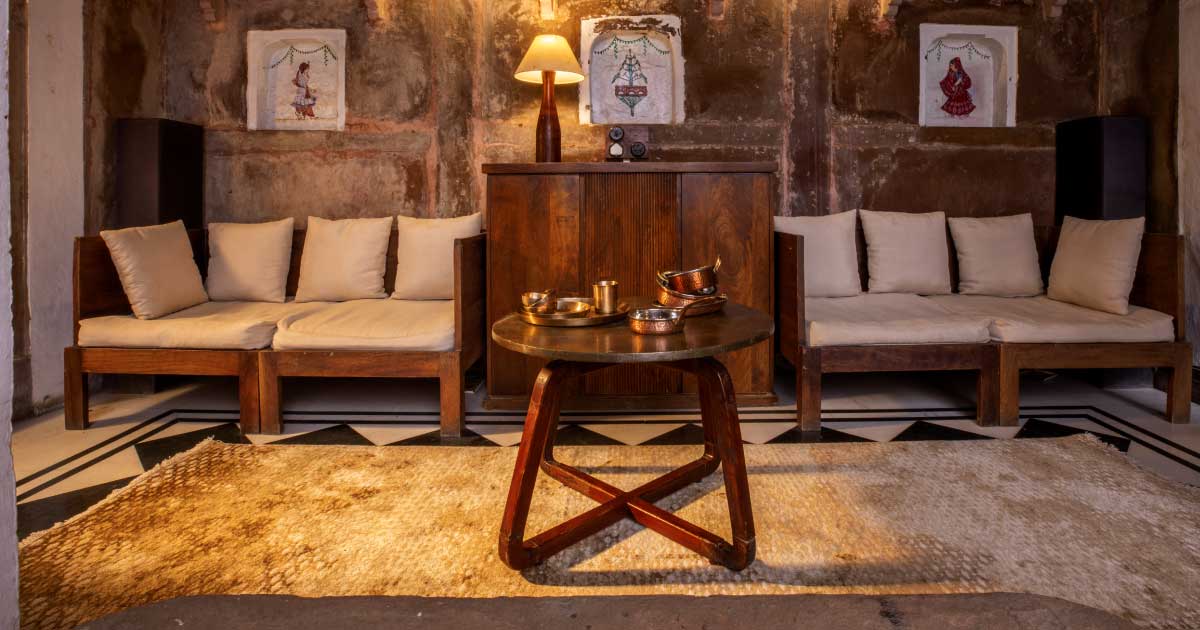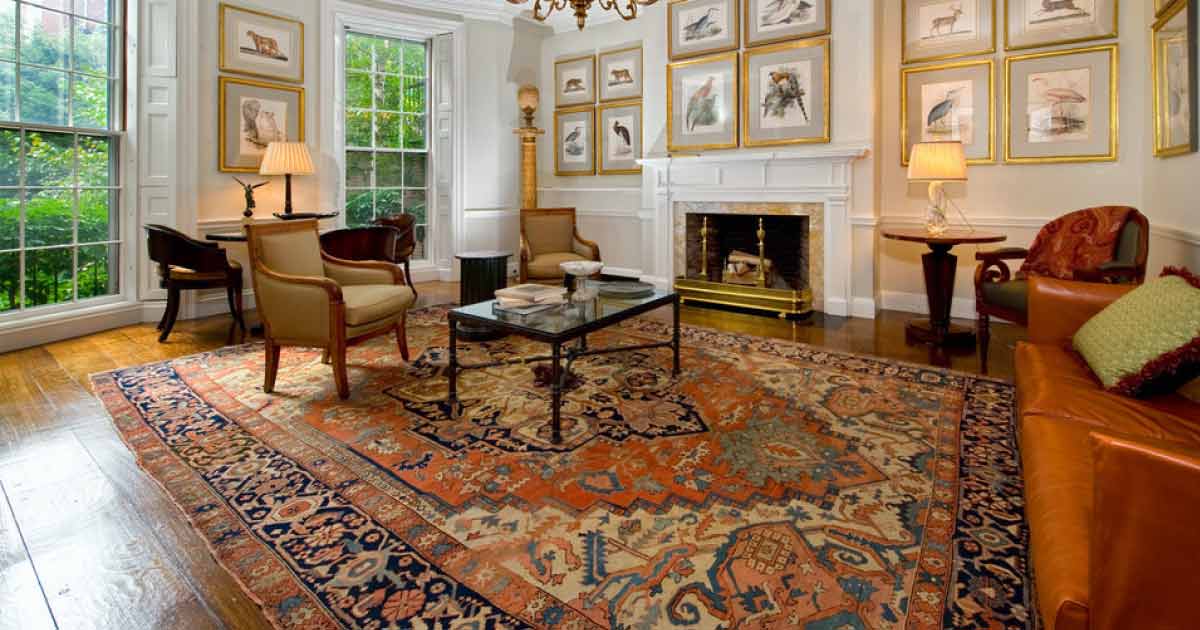
The Most Expensive Rugs Ever Sold In An Auction
Throughout human history, opulence, extravagance and indulgence has been associated with the kingdoms of Persia and Central Asia. Rugs, their earliest creations and the process of weaving them, too have in the same way traced their mere existence to royalty and luxury. It would not be incorrect to say that in some ways, the arid, extremely cold, and rugged region of Central Asia and the prominent position it has come to gain because of its proximity to the famed Silk-Route have always worked in favour of the booming market for carpets. Much like the region of Persia, there is a certain mystical and an everlasting appeal to the Persian rug. Exquisite designs, intricate techniques, and excellent craftsmanship generally give result to fine quality carpets. Utmost importantly, employment of elaborate skills carefully passed down from one generation to the next, carpet weaving is undoubtedly an immortal art and is definitely indispensable.

Let us explore five of these immaculate pieces which are undeniably the most expensive artefacts to have ever been sold at auctions.
1) Sotheby’s $33 Million Dollar rug
The costliest rug ever sold is the Sotheby’s ’17th Century Antique Persian Carpet’ which was sold for a whopping $33 Million.
Sotheby’s is the largest hub and market for luxury and the arts. On October 7, 2009, at its London auction, as part of the popularly titled exhibit ‘Arts of the Islamic World’, it was estimated at $127,368 to $191,052. It earned an incredible $4.3 Million, becoming only the ninth costliest Safavid silk, wool, and metal-thread prayer rug ever to be sold at an auction.
The rug has been dated back to circa 1575-1625 flawlessly inscribed with Persian verses in Nastaliq. The analysis of the inscriptions has been indicative of being a token of diplomacy offered to the Ottoman Turks by the Safavid Persian Court. It is believed that the buyer belongs to the Middle East, especially considering the links the rug has with Islamic heritage and history and probably purchased to be exhibited in a museum.
2) The “Clark Sickle-Leaf rug”
Surpassing the most expensive rug in the world, the Kerman vase rug, by three times in price, this Persian rug was sold for a massive $33.7 million in 2013. Measuring 2.7 x 2 metres, the carpet has golden sickle-leaf motifs on a red background with thin blue outline and borders. It presumably originates from Kerman, in Iran.
The sickle-leaf vine scroll and palmette “vase” carpet, approximately dates back to circa 1600 to 1650. Exemplary of outstanding Persian carpet weaving and craftsmanship with its regular display in museums and galleries, the carpet was estimated at the cost of $5 million to $7 million, including being an exhibit at the Corcoran Gallery of Art, the Textile Museum, the Asia House Gallery, and Fogg Art Museum.
The artefact which was auctioned by the New York brokerage giant, Sotheby’s, was successful in selling the piece on June 5, 2013 because of its sickle-leaf design. The design is one of the rarest of vase-technique rug patterns, being the only known example featuring a red background.
It is said to have been originally acquired by Southeby’s and named after the estate of the collector, William A. Clark. The Corcoran Gallery of Art, Washington, released the rare exquisite piece for auction only to achieve an absolute record price, making it a two time world record holder and also the most expensive work of Islamic art to have ever been auctioned.
In addition to that the "Clark Sickle Leaf Rug" is the most expensive rug ever to be sold.
3) The Kirman Vase Rug
Among an abundance in Persian rugs, a significance has been attached to rugs with floral motifs. The Kirman rug in “vase technique” dates back to the mid-17th century and is probably the first known rug to feature the famed Persian motif called the Herati Pattern. Precisely for that reason, the rug pulled in a great $9.6 million when it was auctioned.
Christie’s London, another big name in the auction trade for the arts, sold the rug on April 15, 2010, at an estimated $307,600 to $461,400 for a ginormous amount of $9.6 million. Originally it was the French art lover Comtesse Martine Marie-Pol de Béhague who owned the rug and later after her death, her nephew inherited the significant accent until it was auctioned in 1987 in Monaco.
4) Mughal Millefleurs “Star Lattice” carpet
Persian rugs, owing to their exquisite and invaluable nature, are essentially excellently preserved relics and in the case of The Mughal Millefleurs “Star Lattice” carpet, some of them are even heirlooms, passed down generations after generation. The carpet is from Northern India, and is said to have been once owned by Cornelius Vanderbilt II. It graced their family’s West 57th Street house. Following this, the carpet was passed down by Vanderbilt to his daughter in Newport, Rhode Island. It was estimated at $2.4 million to $3.2 million, and was sold by Christie’s London for $7.7 million on October 8, 2013.
5) The Pearl Carpet of Baroda
The South-Asian region has arduously contributed to some of the finest and costly carpets to have ever been made anywhere else in the world. The pearl carpet of Baroda, dates back to circa 1685. Embroidered with strings of the Indian Basra pearls found naturally and the British colored-glass beads, it is a resultant masterpiece of silk and fine deer hide.
Estimated to be $5 million, it sold for $5.548 million at Sotheby’s Doha auction on March 19, 2009. The carpet is complete in its final magnificent form with approximately 2,500 table-cut and occasional rose-cut diamonds set in silver, as well as foil-backed rubies, emeralds, and sapphires, all set in gold.
These are without a thought antiquities both decadent and indulgent and many wealthy folk have proven the classic yet contemporary appeal of these otherwise old artefacts.


